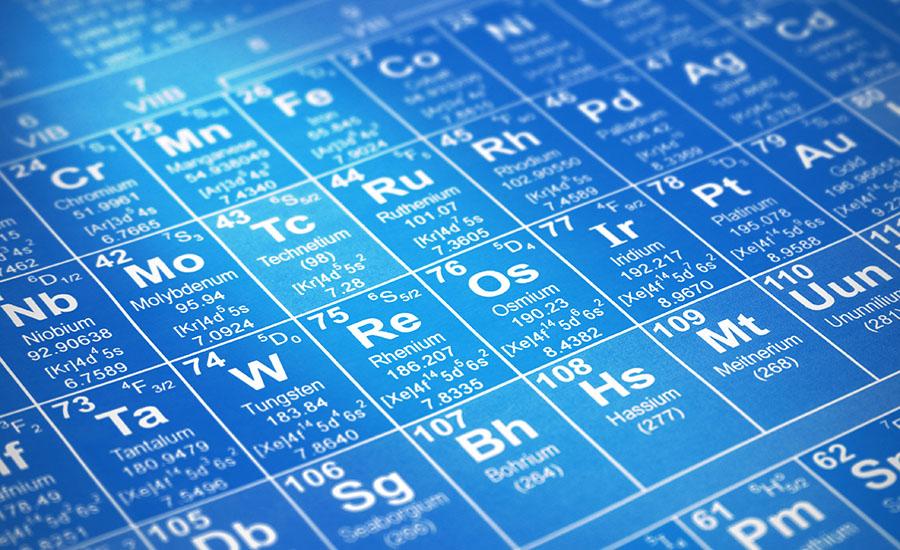
Flame Test Lab
The quintessential chemistry lab, Flame Test Lab! Students will use spectroscopes to identify the component photons of light that are emitted from Spectrum Tubes and Flame Tests. Students will learn to use the Spectroscopes in the Gas Tube Spectrum demo and compare what they see to the teacher's spectra sheet.
After practicing with the spectroscopes, students get to take their skills into the lab to conduct flame tests and identify the line spectra for each metal compound. Lastly, students will match and identify the unknown solutions by comparing the line spectra and flame colors.
Lesson Plan Link/URL
https://docs.google.com/presentation/d/1tM7AGH7BoLF85VpEDzl7qMHtVxbjXc3P/edit?u…Subject Area
Science Physical Science P1: Matter P4: Energy Transfer Technology 2. Digital Citizen Mathematics Measurement and Data (MD) Expressions and Equations (EE) Algebra (A)Related Content

In this lesson, students use the Kepler’s Laws PhET Simulation to collect data on the period and average radius of the planetary orbits. They graph and analyze that data to derive Kepler’s 3rd Law.

After learning about emission spectra, electron energy levels, orbitals and configurations, and periodic trends for atomic radius and ionization energy; this is concluding activity that require

In this hands-on lesson, students design and execute an experiment to maximize caffeine extraction when making coffee. The caffeine testing is conducted using a Spectrometer. The focus of this lesson